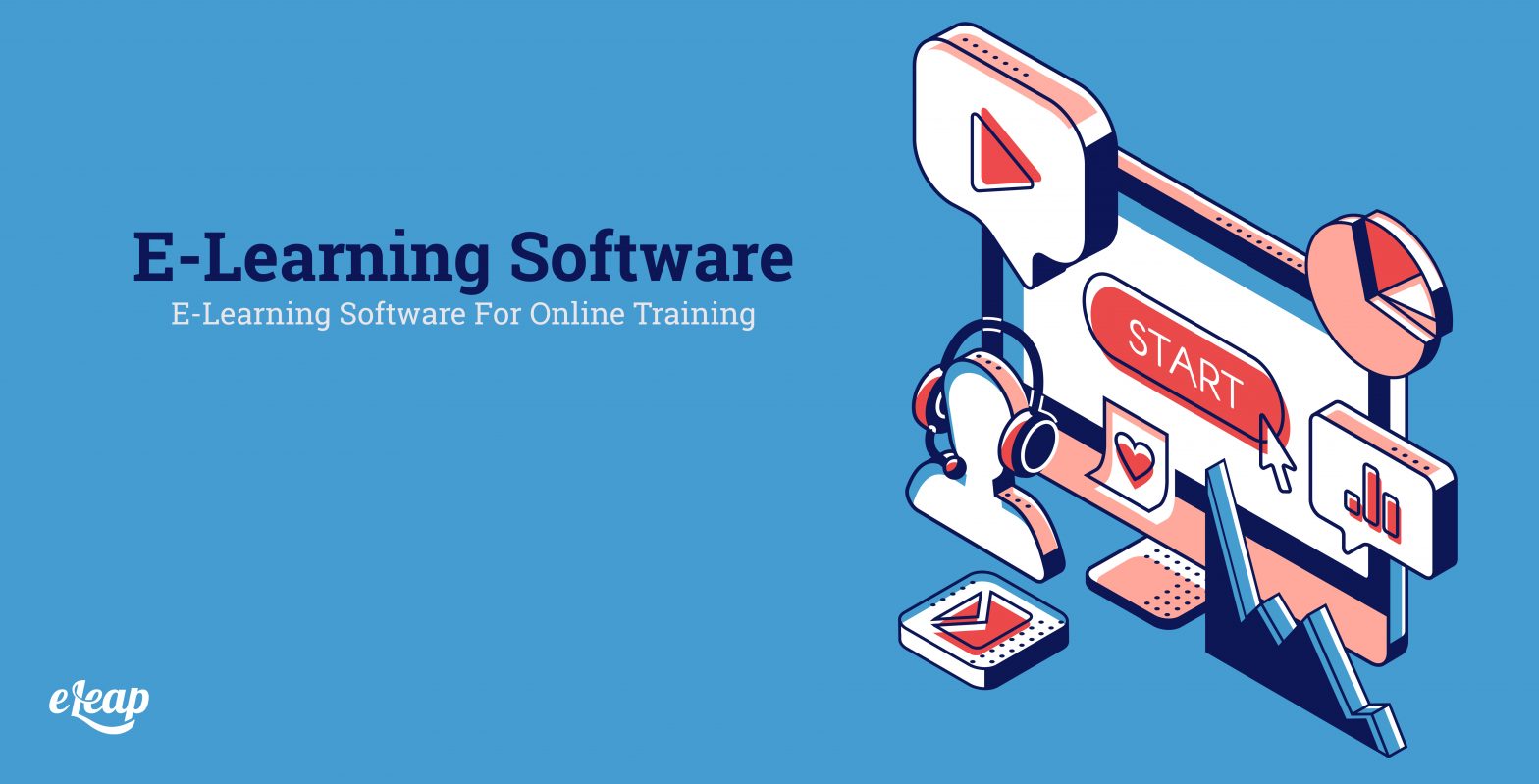Educational Software Exasperations: Fixing Learning Management Systems

Learning Management Systems (LMS) have become an essential component of modern education. They offer a range of features to support teaching and learning, including online course delivery, student assessment, and communication tools. However, despite their widespread use, LMS can also be a source of frustration for both teachers and students.

One of the most common complaints about LMS is their complexity. Many LMS are feature-rich, which can make them difficult to use for both teachers and students. This can lead to confusion and errors, which can disrupt learning. In addition, LMS can be slow and unreliable, which can further frustrate users.

Another common complaint about LMS is their lack of customization. Many LMS are designed to be one-size-fits-all, which means that they do not always meet the specific needs of individual teachers or students. This can limit their effectiveness as a learning tool.
Finally, LMS can be expensive. Many LMS require schools or districts to pay an annual subscription fee, which can be a significant financial burden. This can make it difficult for schools to provide all of their students with access to LMS.
Despite these challenges, LMS can be a valuable tool for teaching and learning. By addressing the common complaints about LMS, we can make them more effective and easier to use.
Here are some specific steps that can be taken to improve LMS:
- Reduce complexity. LMS should be designed with simplicity in mind. Teachers and students should be able to use them without extensive training. This can be achieved by using a clear and consistent interface, providing clear documentation, and offering technical support.
- Increase customization. LMS should allow teachers to customize them to meet their specific needs. This includes the ability to add or remove features, change the look and feel of the LMS, and integrate with other tools.
- Reduce costs. LMS should be affordable for schools and districts. This can be achieved by offering a variety of pricing options and by providing discounts for bulk purchases.
By taking these steps, we can make LMS more effective and easier to use. This will benefit both teachers and students, and will ultimately lead to better educational outcomes.
In addition to the steps outlined above, there are a number of other ways to improve LMS. These include:
- Providing training and support. Teachers and students should be provided with training on how to use LMS. This training should be ongoing, as new features are added and as the needs of teachers and students change.
- Encouraging feedback. Teachers and students should be encouraged to provide feedback on LMS. This feedback can be used to improve the design and functionality of LMS.
- Promoting collaboration. LMS should promote collaboration between teachers and students. This can be achieved by providing tools for online discussion, group projects, and peer review.
By taking these steps, we can make LMS a more effective and enjoyable tool for teaching and learning.## Educational Software Exasperations: Fixing Learning Management Systems
Executive Summary
Despite their potential to revolutionize education, Learning Management Systems (LMS) often fall short of expectations, leading to frustration and hindering learning outcomes. This article analyzes the common pitfalls of LMSs and proposes practical solutions to address these issues, promoting seamless and effective digital learning experiences.
Introduction
Educational software, particularly Learning Management Systems (LMS), holds immense promise for enhancing the learning process. However, many institutions face challenges in implementing and using LMSs effectively, resulting in frustration among teachers and students alike. This article aims to shed light on the common problems associated with LMSs and provide actionable solutions to improve their functionality and foster a more engaging and productive learning environment.
Frequently Asked Questions (FAQs)
1. Why do LMSs often fail to meet expectations?
- Insufficient user training and support
- Lack of alignment with pedagogical needs
- Poor system administration and maintenance
2. What are the key challenges faced by educators and learners when using LMSs?
- Navigational difficulties for both students and instructors
- Confusing or unintuitive user interfaces
- Limited accessibility for students with disabilities
3. Can LMSs effectively support personalized learning experiences?
- Yes, with features such as activity tracking, adaptive learning paths, and individualized feedback options
Top 5 Subtopics
1. System Complexity and Navigation Issues
- User-friendly interfaces with clear navigation menus
- Intuitive dashboards providing a comprehensive overview of course content
- Streamlined workflows and seamless transitions between different LMS features
2. Content Management and Accessibility
- Centralized content repository with robust search capabilities
- Compatibility with various file formats and media types
- Accessibility compliance to ensure all learners can access content
3. Assessment and Feedback Mechanisms
- Diverse assessment options such as quizzes, assignments, and interactive simulations
- Automated grading and feedback tools to provide timely and targeted learner support
- Integration with third-party assessment platforms for specialized assessments
4. Communication and Collaboration
- Embedded communication channels for real-time discussions and group projects
- Collaborative tools such as shared workspaces, virtual whiteboards, and online polls
- Integration with social media platforms to extend learning beyond the LMS
5. Data Analytics and Performance Monitoring
- Comprehensive data dashboards to track learner progress and engagement
- Diagnostic tools to identify areas for improvement and personalize instruction
- Reporting functions to generate analytics and provide insights into LMS utilization
Conclusion
By addressing these common pitfalls and implementing practical solutions, educational institutions can harness the full potential of LMSs. With user-friendly interfaces, robust content management, effective assessment mechanisms, enhanced communication features, and data-driven decision-making, LMSs can transform into powerful tools that support engaging and personalized learning experiences. Overcoming these challenges will empower educators and learners alike, unlocking the true benefits of digital learning and fostering a more equitable and effective education system.
Keyword Tags
- Learning Management Systems (LMS)
- Educational Software
- Learning Technology
- Online Education
- Digital Learning

